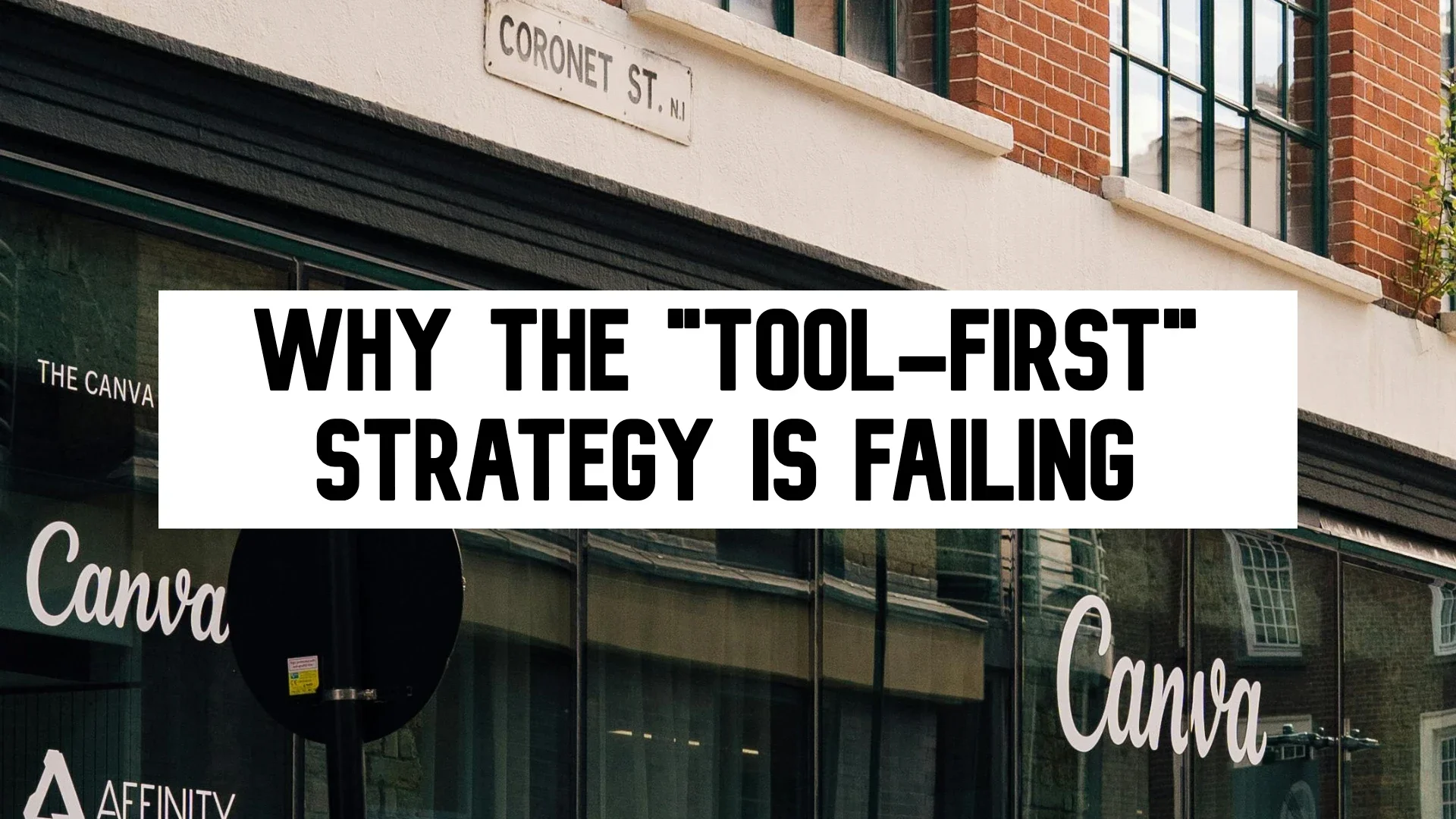
The 3 ‘Agentic’ Workflows That Will Define 2026.
The 3 ‘Agentic’ Workflows That Will Define 2026.

Why The "Tool-First" Strategy is Failing?
Why The “Tool-First” Strategy is Failing

Reinvention without burnout
Reframing Growth in a High-Pressure Economy

The Cost of Waiting
The Cost of Waiting

Navigating Economic Uncertainty: How to Adapt and Thrive in Times of Change
Navigating Economic Uncertainty: How to Adapt and Thrive in Times of Change

3 Rules to Choose the Right AI Tools for Your Business
3 Rules to Choose the Right AI Tools for Your Business

The AI Adoption Trap: Why Most Businesses Fail and How to Get It Right
The AI Adoption Trap: Why Most Businesses Fail and How to Get It Right

AI in 2025: 5 Key Trends Every Business Needs to Know
AI in 2025: 5 Key Trends Every Business Needs to Know
